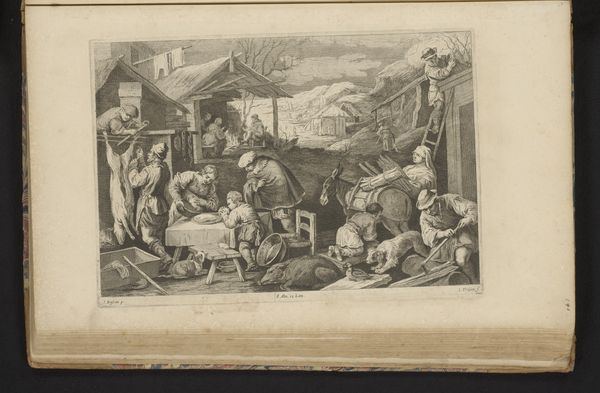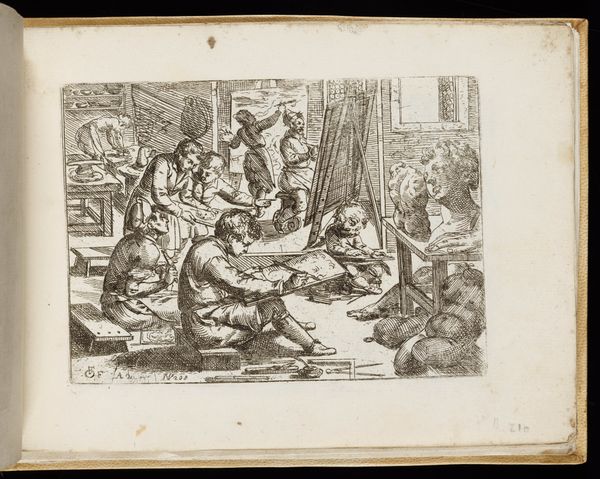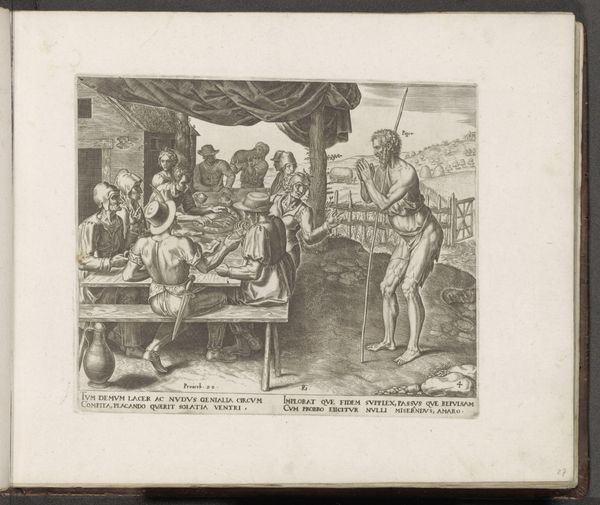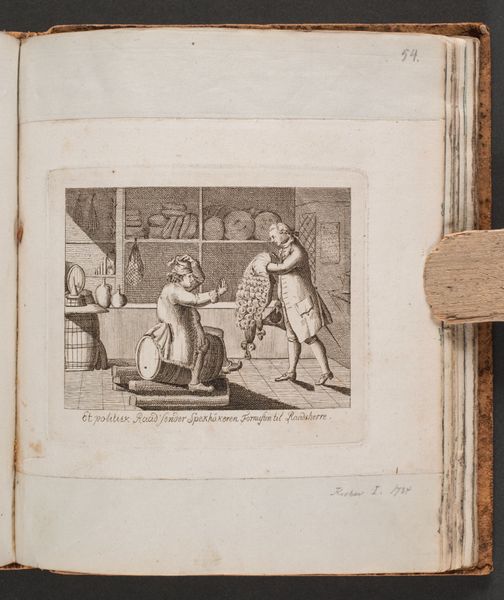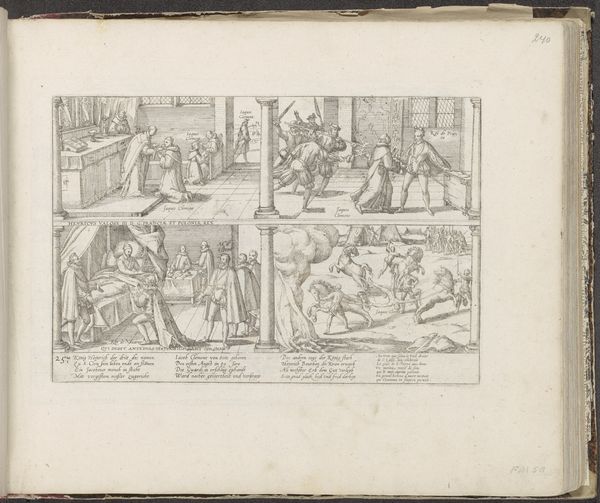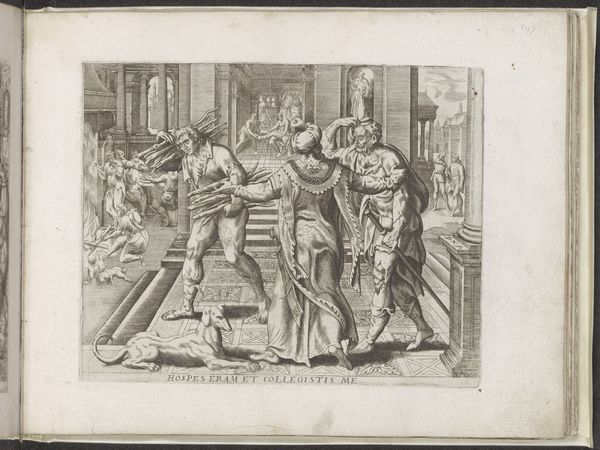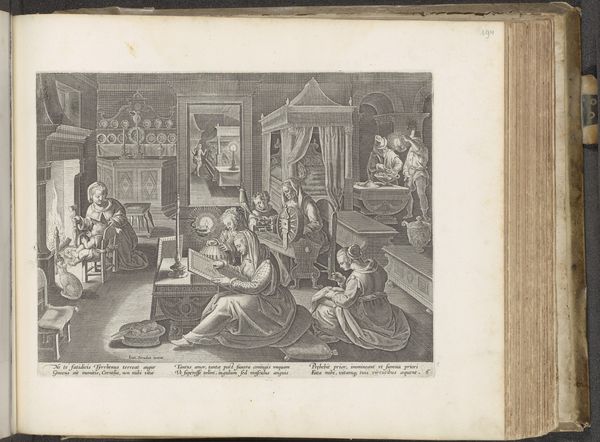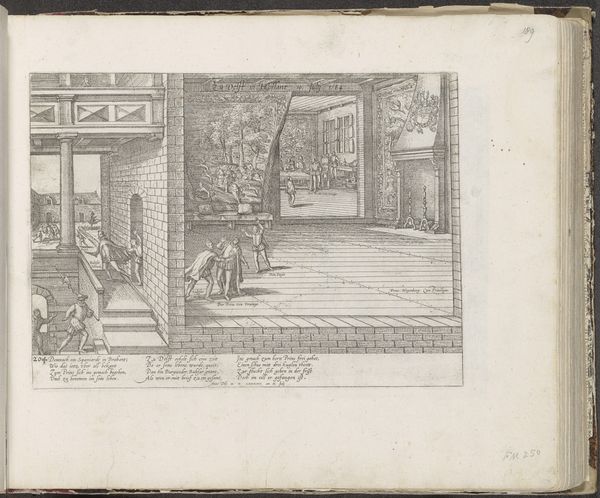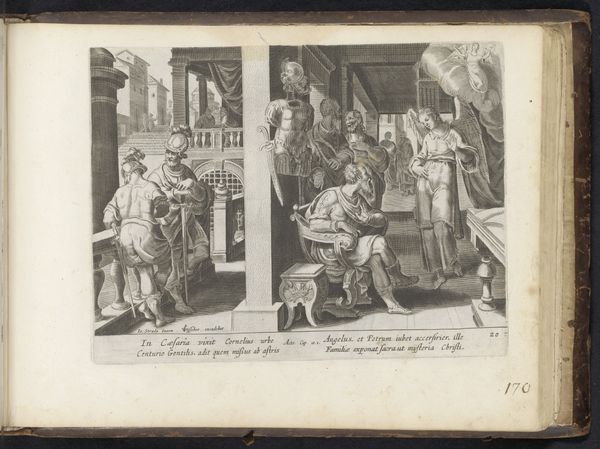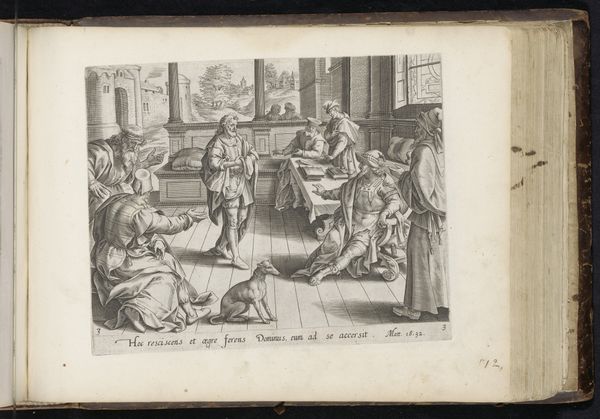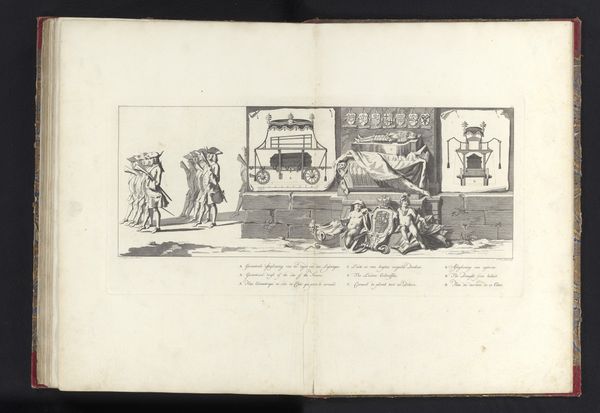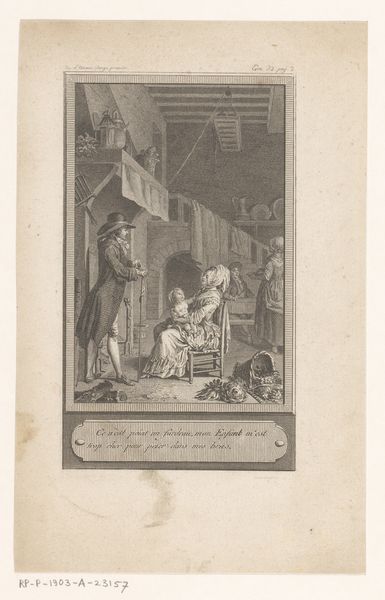
print, engraving
#
narrative-art
#
baroque
# print
#
landscape
#
figuration
#
genre-painting
#
history-painting
#
engraving
Dimensions: height 215 mm, width 277 mm
Copyright: Rijks Museum: Open Domain
Editor: So, this engraving is titled "Gelijkenis van de rijke dwaas," which translates to "Parable of the Rich Fool," and it's dated between 1585 and 1646. The artist is anonymous. I’m struck by the composition. We’ve got a man counting coins on one side, while the other side shows laborers. What story do you see being told here? Curator: I see a pointed critique of wealth accumulation during a period of significant social and economic upheaval in Europe. The engraving seems to be visualizing the dangers inherent in prioritizing material wealth over spiritual or communal well-being. Consider the context: the rise of merchant capitalism, increasing disparities in wealth distribution. How does this image participate in the debates of its time regarding labor and capital? Editor: So, it’s less about individual moral failing and more about commenting on the broader system? Curator: Precisely. The 'rich fool' isn't simply a flawed individual; he's a symptom of a society obsessed with accumulation. We can think of it in light of feminist economics, which challenges traditional economic models that undervalue care work and community contributions in favor of individual wealth. The laborers literally prop up the fool's existence. How might viewing this image through that lens shift our understanding? Editor: It definitely emphasizes the exploitation inherent in that system, and it highlights the social cost of focusing on profit above all else. I hadn't really thought of the connection to modern economics. Curator: Exactly, and the questions it poses about the ethics of wealth and the responsibilities that come with it, are more relevant than ever in our own time. What have you noticed from this piece? Editor: I now have a better view on its social and historical contexts. The visual is no longer just a depiction of individual foolishness, but rather it is a critical examination of societal values and imbalances in labour that persist today.
Comments
No comments
Be the first to comment and join the conversation on the ultimate creative platform.
